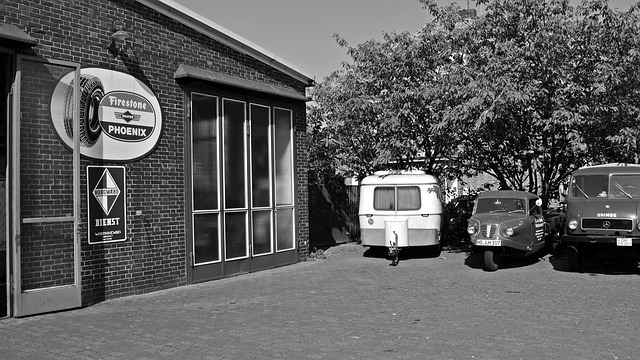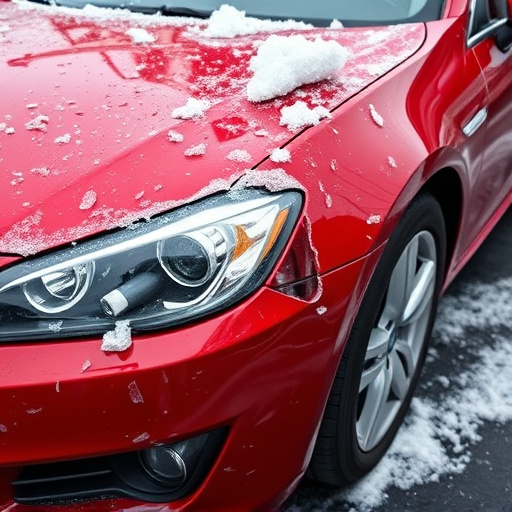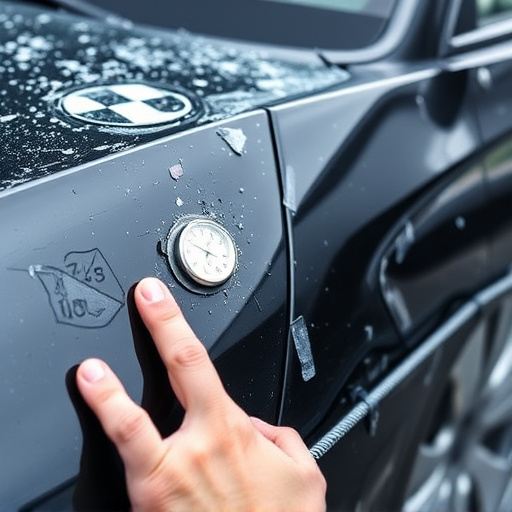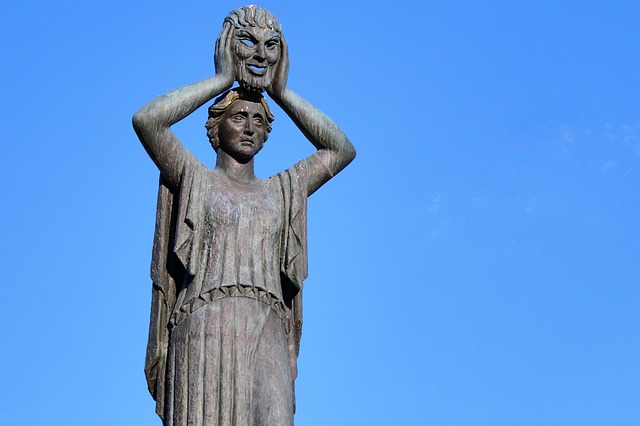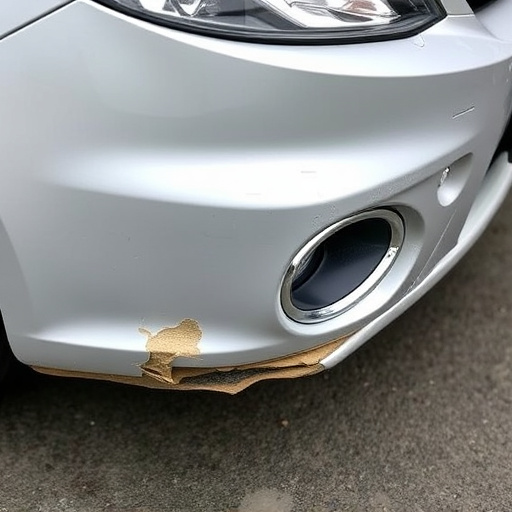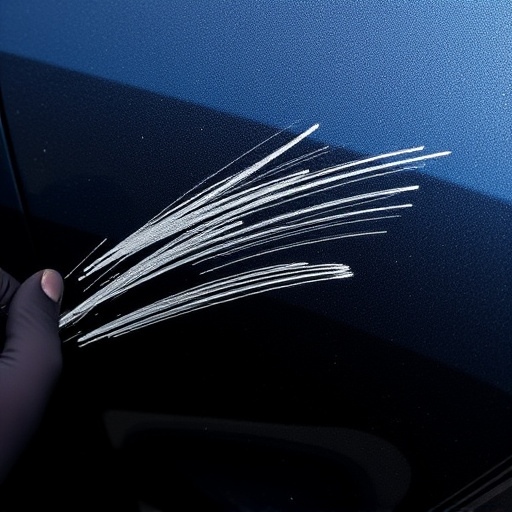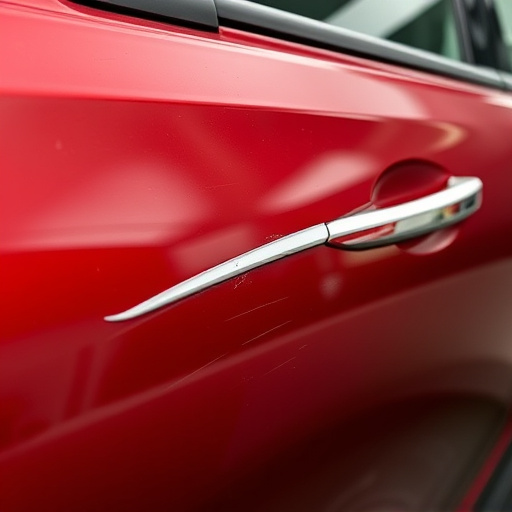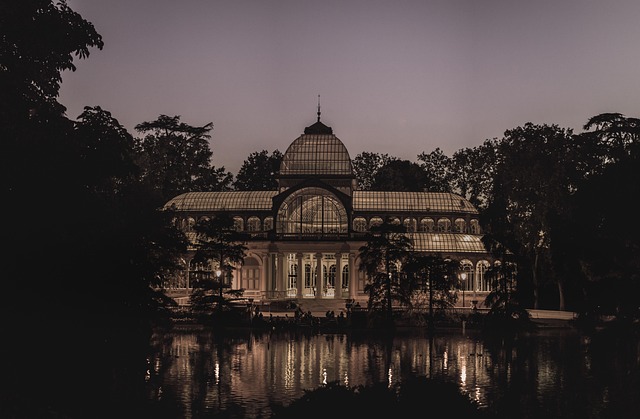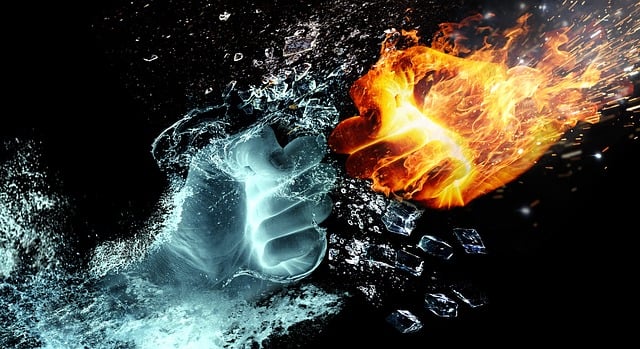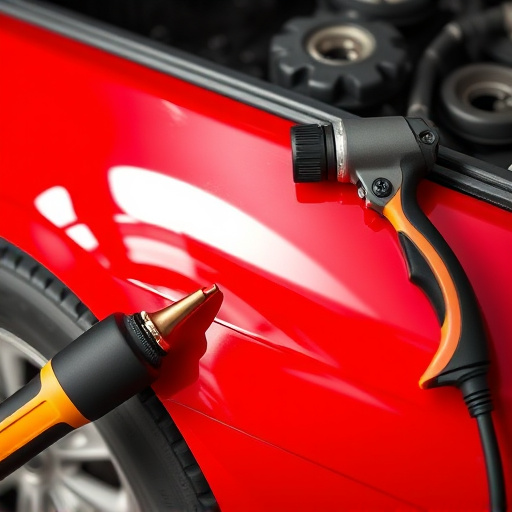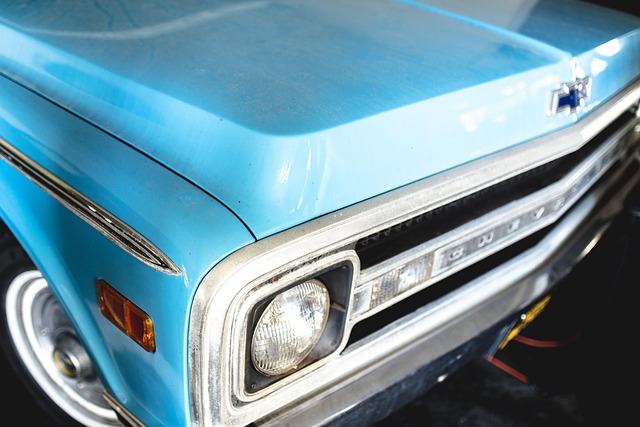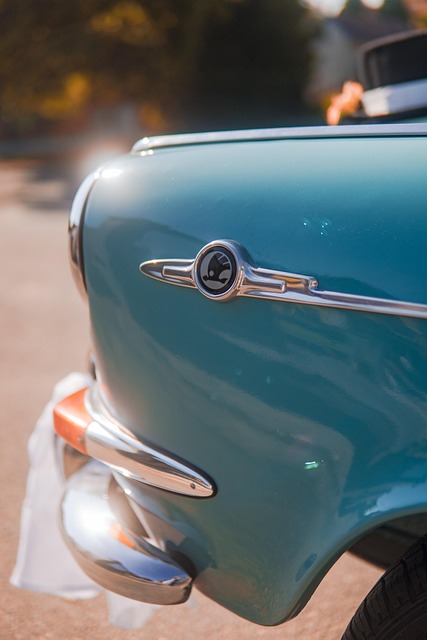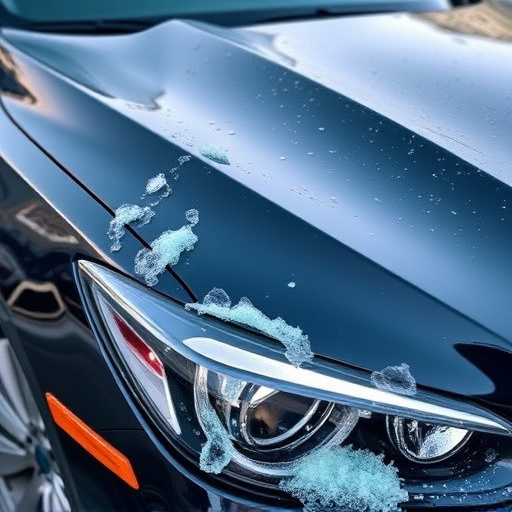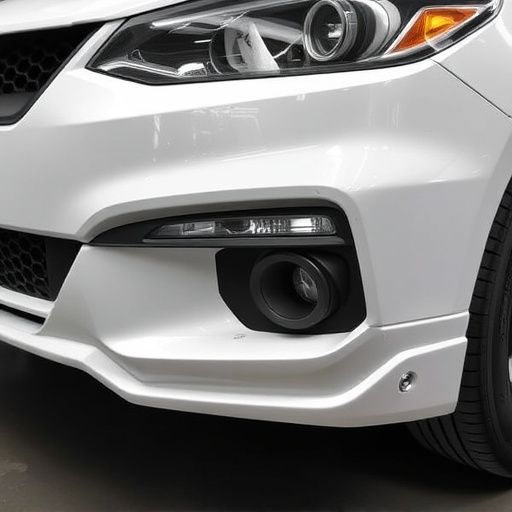Vehicle restoration services for vintage cars require skilled paint matching to recreate past aesthetics perfectly. Restorers blend traditional expertise with modern technology, analyzing paint composition and aging effects to match unique, hard-to-source formulas. A meticulous multi-step process involves research, advanced techniques like paintless dent repair, auto detailing, and capturing reference samples from various angles for accurate light and shade recreation. These steps ensure structural integrity, a flawless finish, and authenticity in vintage car restoration.
In the intricate world of vintage vehicle restoration, paint matching is an art that transforms old cars into gleaming gems. This meticulous process ensures authenticity and aesthetic perfection. This article delves into the science behind paint matching in vehicle restoration services, exploring the challenges and best practices to achieve accurate results. From understanding unique paint formulas to leveraging modern technology, mastering this craft is essential for preserving automotive history and delivering exceptional restoration outcomes.
- Understanding Paint Matching: The Art and Science in Vehicle Restoration
- Challenges in Vintage Vehicle Paint Matching: Uncovering the Nuances
- Best Practices for Achieving Accurate Paint Matching in Vehicle Restoration Services
Understanding Paint Matching: The Art and Science in Vehicle Restoration
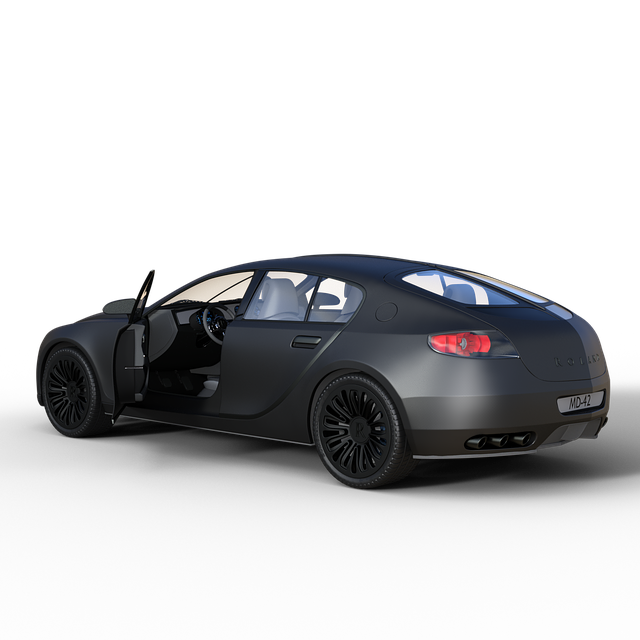
In the realm of vehicle restoration services, paint matching is an intricate art that combines scientific precision with creative skill. It’s not merely about blending colors; it involves precisely duplicating the original aesthetic of a vintage vehicle. Restorers must consider factors like paint composition, aging effects, and even subtle variances in light exposure over time. This meticulous process demands a deep understanding of car bodywork and its unique history.
Using advanced techniques and tools, auto body restoration experts analyze the existing paint job, noting its texture, hue, and tone. They then match these specifics to create a replica that seamlessly integrates with the vehicle’s overall design. Paint matching goes beyond mere visual similarity; it ensures structural integrity and longevity for the restored car, making it a key aspect that sets apart quality vehicle restoration services from the rest. This precision work is especially crucial when addressing vehicle dent repair, as it guarantees a flawless finish both inside and out.
Challenges in Vintage Vehicle Paint Matching: Uncovering the Nuances
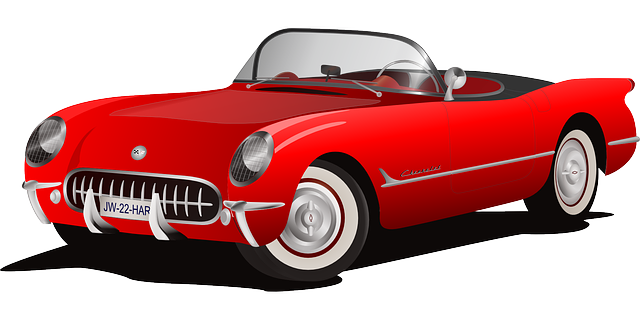
In the realm of vintage vehicle restoration services, achieving perfect paint matching is a delicate task. Unlike modern vehicles, older cars often have unique and hard-to-find paint formulas, making it challenging to replicate their original finishes accurately. This process requires an in-depth understanding of historical paints and meticulous attention to detail. Restorers must carefully analyze the existing paint, considering factors such as color, sheen, and age, to match not just the visual aspect but also the chemical composition.
Uncovering these nuances involves a combination of traditional methods and modern technology. Experts in vehicle restoration services employ specialized tools for color analysis, allowing them to compare and contrast the original paint with replacement options. Additionally, auto detailing techniques play a crucial role in preparing the surface, ensuring that the new paint adheres properly and creates a seamless finish. Even minor imperfections can disrupt the overall look, so precision is key, especially when addressing issues like car dent repair or vehicle paint repair, which require intricate touch-ups to maintain the restoration’s authenticity.
Best Practices for Achieving Accurate Paint Matching in Vehicle Restoration Services

Achieving accurate paint matching during vintage vehicle restoration is an art that combines skill and scientific precision. The best practices for this meticulous task involve a multi-step approach. Firstly, thorough research into the original paint specifications is crucial, including color codes and historical formulas. This knowledge enables restorers to select the closest modern equivalents.
Next, advanced techniques like paintless dent repair and auto detailing play a significant role in ensuring an exact match. By utilizing specialized tools and expertise, these methods minimize physical alterations to the vehicle’s surface, preserving its integrity. Furthermore, taking multiple reference samples from different angles can help capture the nuanced variations of light and shade, resulting in a more accurate restoration.
In the realm of vintage vehicle restoration, achieving precise paint matching is a delicate dance. By combining art and science, professionals navigate the intricate process of reconstructing the original aesthetic. Overcoming challenges like age-related degradation and limited color samples requires meticulous attention to detail and an in-depth understanding of paint technology. Adhering to best practices ensures that vehicle restoration services deliver outstanding results, preserving the unique character of each vintage treasure.
